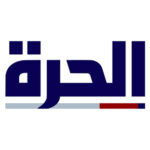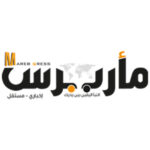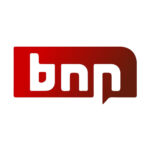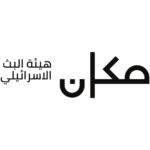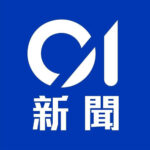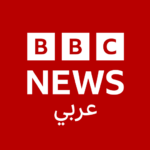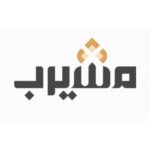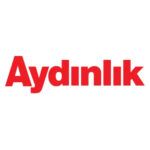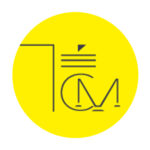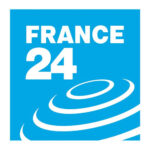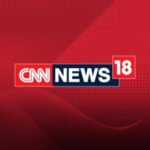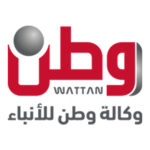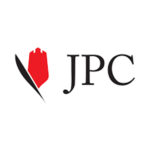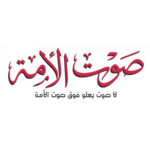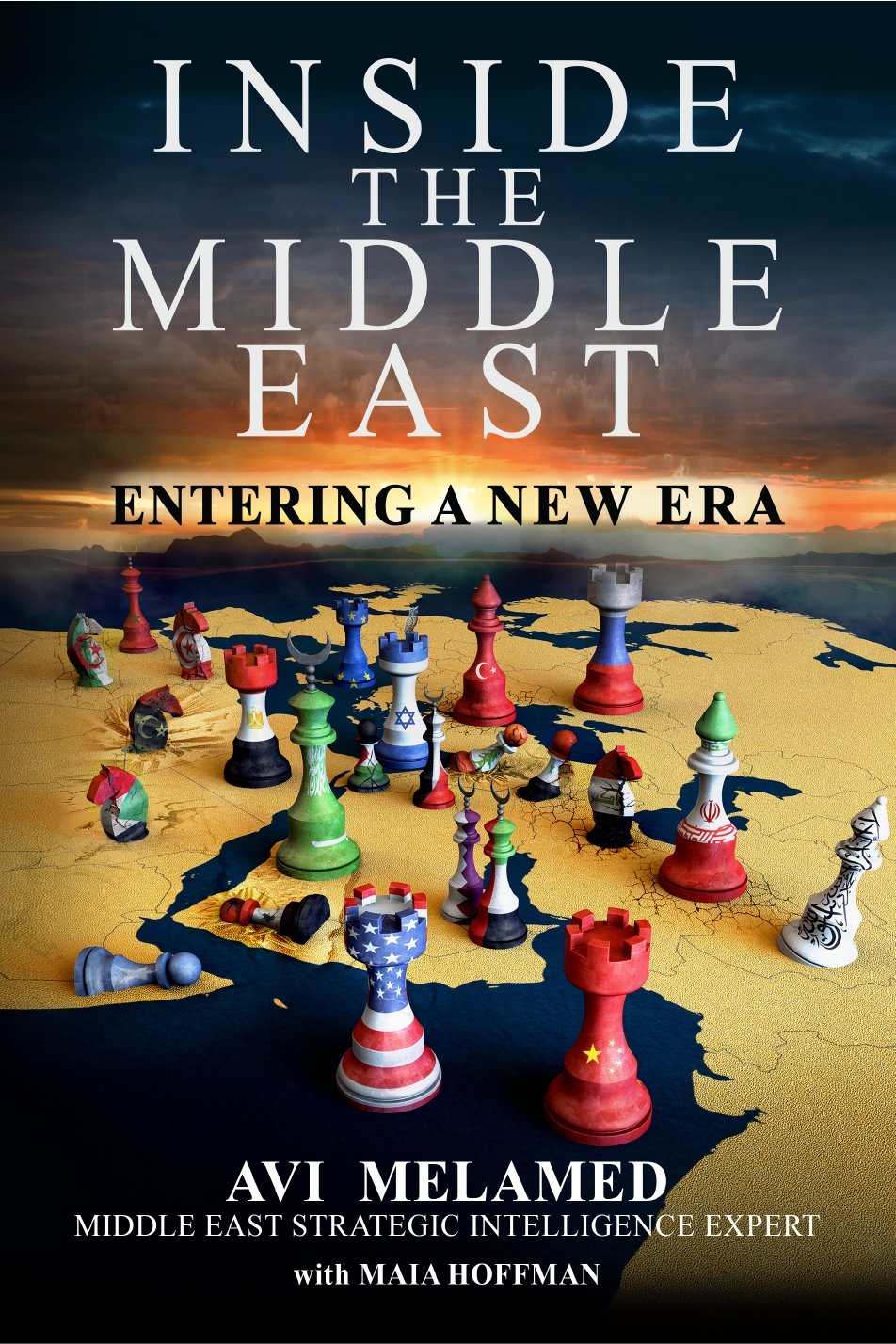|
Getting your Trinity Audio player ready...
|
Iran: Anatomy of a Desperate Society
In 1979 Rouhallah Ayatollah Khomeini sparked the Islamic revolution in Iran. With that Revolution the rule of the Pahlavi dynasty in Iran came to end.
The Islamic Revolution established a theocratic regime in Iran, or as the country has been called from that time on, “The Islamic Republic of Iran.”
The regime that came to power envisioned the Islamic Republic of Iran to become a beacon of progress, prosperity and achievement. In their vision “The Islamic Republic of Iran” would be the ultimate proof of Islam’s (and mostly Shiite Islam’s) moral and practical superiority.
However vision is one thing and reality is another…More than 30 years after the Revolution, Iranian society in 2012 is devastated and desperate.
Iran is a nation of 75,000,000 people.
Iranian society is comprised of different religions and ethnicities: Shiites, Sunnis, Persians, Hazaris, Balochs, Uzbeks, Turkmens, Christians, Kurds, Jews, and others.
The overwhelming majority of Iranians is young and was born after the Revolution. 35,000,000 Iranians are under the age of twenty.
Statistics and data provided by the United Nations, aid organizations, Iranian research institutes and official Iranian agencies paint a gloomy picture of life inside Iran.
The Iranian economy is collapsing. The Iranian economy is spiraling rapidly downwards, partially as a result of the international sanctions imposed on Iran becoming more severe.
According to the Iranian National Bank, the “official” rate of inflation in Iran in 2011 was 22%.
Given the following figures it is reasonable to assume that the real number is actually much higher:
According to the Iranian Treasury the prices of commodities, clothing, and transportation services doubled – in some cases, even tripled – in 2011.
Housing prices went up by 10% to 20% in the same year.
And finally, in 2011 the Iranian currency lost more than 50% of its value against the US Dollar.
A clear result of the deteriorating economy is poverty.
In the Arabic international newspaper Asharq Alawsat, one Iranian journalist quotes the following statement made by the International Monetary Fund (IMF): “Under the rule of The Islamic Revolution, the scale of poverty in Iran is unprecedented.”
Figures regarding poverty in Iran are not clear and are hard to validate.
An article published in the Saudi-owned news outlet Al Arabiya in March 2012 reported that the number of Iranians below the poverty line is almost 20%.
In the same month, Elaph, the leading Arabic twenty-four news portal reported that opponents of the Iranian regime argue that 80% of the Iranian population is below the poverty line.
Another problem is unemployment.
According to the Iranian Ministry of Labor Ministry, the “official” rate of unemployment in Iran is about 11%, though no one really believes it’s that low…
Some Iranian Parliament members argue that the real number is at least 15%.
There are analysts that argue that the real number is actually much higher – around 30%.
Most of the unemployed are young people.
Growing poverty and rising unemployment are resulting in mass migration inside Iran. Millions have left and are leaving the rural areas to move to the cities.
One result of the desperate situation inside Iran is growing prostitution among girls and young women. Research conducted by an Iranian scholar and published in Al Arabiya indicates that in Tehran alone there are 300,000 girls between the ages of 11 and 18 who work as prostitutes.
The deepening crisis inside the country is leading to another sad phenomenon – the kidney trade – so pervasive that in 2006 the regime legalized the trade of kidneys in the hopes of monitoring the rapidly growing market.
Nevertheless, a huge black market based on kidneys has developed in Iran. It is estimated that every year thousands of Iranians – most of whom are young – sell their kidney. They need money for a wedding, they need a little bit of money to start their life with, or they simply need to support their families.
Given the difficult reality inside Iran one can understand why they stoop to such measures; a kidney on the black market could go for as much as $10,000.
And the troubles the Iranians face do not end here.
Many sects and ethnic groups in Iran consistently endure discrimination, oppression and humiliation.
One example is the population of Khuzestan, one of Iran’s districts. The majority of the 6,000,000 people that live in that district are Shiite Arabs. They are Arabs and NOT Persian and they consider themselves to be a part of the Arab Peninsula States such as Iraq, Saudi Arabia, Kuwait, etc., not Iran which is not an Arab State. They endure discrimination and oppression by this regime.
Another example is the Baha’is. The Baha’is is the largest religious minority in Iran – about 300,000 people. The Shiite clergy view the Baha’is as infidels who distort Islam and therefore should be mercilessly persecuted. As result, the Baha’is are brutally persecuted by the Iranian regime, hundreds of Baha’is have been executed and thousands have lost their income source as a result of these persecutions.
Yet, perhaps the biggest difficulty for the Iranians – definitely for the young generation – is the personal and cultural suffocation caused by the relentless, rude and brutal involvement of the Shiite clergy in people’s everyday lives.
Here are some examples:
A “Modesty Patrol” is embedded within the Iranian police force whose role is to impose and monitor a strict Islamic dress code.
A massive operation to impose “proper and modest Islamic dress” was launched during the summer of 2011.
As part of this Campaign 70,000 “Modesty Patrol” officers were deployed in the streets and in the parks of Tehran. Their main targets were women – women that were accused of “improper apparel” were stopped and arrested in the streets and were even extricated from their own private cars and arrested. They were then forced to sign a statement that from now on they will dress properly, will adhere to the Islamic dress code, and will not repeat their misbehavior.
Iranian law prohibits the private possession of satellite dishes.
In May 2011 a house to house ground campaign was launched to impose that law. Police units broke into people’s private residences and confiscated the satellite dishes that were installed on balconies or on roof tops.
The Iranian regime is also closely monitoring the Internet in Iran.
According to the Iranian Bureau of Statistics, 11,000,000 Iranians used the Internet in 2011.
4,300,000 families in Iran (the total number of families in Iran is around 20,000,000) are connected to the Internet.
Of that 4,300,000 almost 95% of them live in urban cities and the rest live in rural areas.
Over 90% of urban families own a computer, compared to 12% ownership among rural families.
As far as means of connectivity – 83% use a dial-up connection, 13% use ADSL and 1% use wireless.
Iranian bloggers were arrested and their web sites were blocked by the regime because they published content which had a “negative moral impact” – the code word for criticizing the regime.
The contents that were found “offensive to the regime” could even be totally innocent.
For example, in the summer of 2011 photos of young Iranians – boys and girls – splashing water on each other at one of the parks in Tehran was posted on Facebook. The Iranian clergy criticized the activity describing it as “immoral and hurtful to Islamic values.”
Oppressed by their government, overwhelmed by the economic challenges they face, and suffocated by a lack of hope, the Iranians are confronting their reality in different ways…
One common way is simply by escaping reality.
One way to escape reality is drug use.
A report published by the United Nations Office on Drugs and Crime (UNODC) indicates that almost 3% of the Iranian population uses drugs. According to this report, Iran is second in the world’s drug consumption, Afghanistan is number one. Another survey made by UNODC in 2006 indicates that Iran is the number one consumer of opium worldwide.
A report made by a senior Iranian official in cooperation with the Municipality of Tehran indicates that 2,000,000 Iranians are “drug addicts” – most of them are under age 19. This report, published by Al Arabiya, also reveals that the daily opium consumption in the city of Tehran alone is five tons.
Another way Iranians confront the reality is to escape from Iran.
According to the International Monetary Fund, among the list of the ninety-one Developing Countries, Iran is the state with the highest rate of “Brain Flight” – between 150,000 and 180,000 Iranians migrate every year – most of them to the West.
All the while, corruption among government and political officials is rampant.
Senior officials within the regime, the Revolutionary Guards and the clergy garner salaries the average citizens could never imagine.
Recent reports, in Asharq Alawsat, indicate that many of these people are smuggling hundreds of millions of dollars outside Iran to secret bank accounts, according to some the people involved in the smuggling belong to the inner-circle of Iran’s Supreme Leader, Ali Khamenei.
A $2,500,000,000 corruption scandal that was recently exposed has been described as “the biggest corruption scandal in Iran’s history.” The people involved in the scandal are bankers, businessman and people who belong to the inner-circle of the Iranian president, Mahmoud Ahmadinejad
500,000 Shiite clergy are employed by Iranian government.
Their mission is to guide the Iranians along a path of Islamic Revolution values and to encourage people to live their lives according to the Islamic religious law.
Yet, according to a study conducted by Iranian scholars and published by Al Arabiya, 80% of the Iranians in general and 85% of the young Iranians in particular do not attend prayer services, nor do they conduct their lives according to the Islamic religious law.
It is clear that majority of the Iranians loathe and reject the theocratic regime and its ideology.
The story below illustrates the tragedy of the Iranian people under the Shiite clergy rule.
The movie “A Separation” by the Iranian director, Asghar Farhadi won the Oscar for the Best Foreign Language Film at the 84th Academy Awards Ceremony in 2012.
Mr. Farhadi dedicated the award to the Iranian people. In his speech, he emphasized the fact that through its history, the Iranian nation was known for its tolerance.
He also criticized the Iranian regime saying that “Winning the Oscar enables us to talk about the glorious Iranian culture that was covered by the dust of politics”.
For millions of Iranians it was a wonderful achievement.
Yet, the regime does not share that sentiment.
Official government spokesmen argue that the movie represents the immoral connection between its creators and the corrupted Western culture. They also argue that the movie is harmful to the values of the Islamic revolution.
The Iranian regime announced that no ceremony would be held to honor the film-makers.
Iran’s official news agency published an official announcement with a distorted quotation from Farhadi’s speech. They quoted him as saying: “I’m proud to dedicate the award to the Iranian people who defy the world’s hostility toward Iran’s nuclear program.”
The distortion of Farhadi’s speech was widely exposed and condemned on Iranian blogs and web sites.
The distortion of Farhdai’s speech is typical of the Iranian regime – denial, distortion and deception are tools the regime uses freely.
The Iranian regime is fully aware of the fact that the Islamic Revolution which was meant to be a model for success and prosperity is actually a total failure.
Nevertheless, the Iranian regime markets the Islamic Revolution as a success.
The leaders of the regime also argue that the Islamic Revolution in Iran inspired the events in the Arab world known as the “Arab Spring” (I prefer the term “The Arab Awakening”).
However, the overwhelming majority of Arabs and needless to say Iranians, as reported one of the leading pan-Arab newspapers, Dar Al Hayat do not buy that spin.
The truth is that the Iranian regime is deeply concerned about the possibility that the Arab Spring will reach Iran as well.
Their concern is not groundless – many analysts agree that a revolution that will put an end to the Shiite Theocracy in Iran is only a matter of time.
Most of the Iranians are longing for that moment. So much so, that many Iranians call the “Arab Spring” by a different name; they call it “The Little Spring.”
The revolution in Iran did not happen yet, but the Iranians already have a name for it; they are calling it “The Big Spring.”
If you want to have a better understanding of the news and what really drives the unfolding events…
Read the latest book of Avi Melamed,
INSIDE THE MIDDLE EAST | ENTERING A NEW ERA, available now >>>
Follow me on Twitter @AviMelamed; Facebook @InsideTheMiddleEast; for more Videos on YouTube https://www.youtube.com/c/AviMelamed
I can always be reached at Av*@********ed.com



